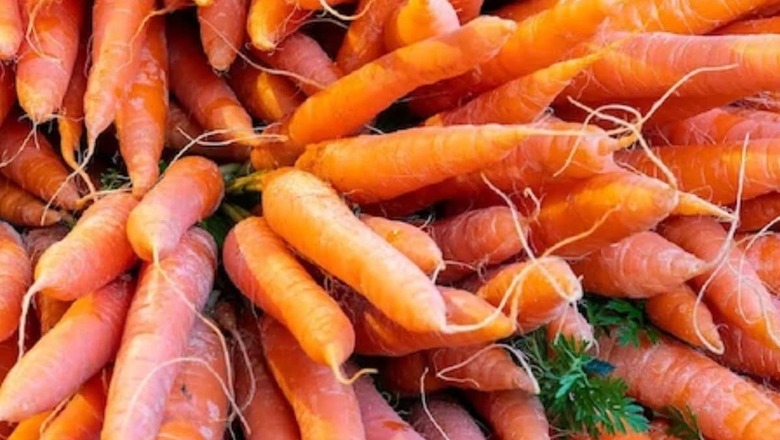
views
A mechanical engineering student wanted to find out what makes the carrots curl up when shredded and left uneaten for too long. The name of this student from the University of Bath (England) is Nguyen Vo-Bui. He has written a research paper based on this issue that was published in the Royal Society Open Science. The name of this paper is ‘modelling of longitudinally cut carrot curling induced by the vascular cylinder-cortex interference pressure’. For this research, Nguyen worked with a team in his kitchen during the Covid-19 lockdown. They experimented on over 100 Lancashire Nantes carrot halves. He characterised, analytically modelled, and verified the ageing of these carrot halves. He did this using the finite-element (FE) models normally used in structural engineering. Nguyen had no access to labs but aimed to identify the geometrical and environmental factors that have the most influence on carrots’ longevity.
Nguyen and his team concluded that residual stresses and dehydration were the two key factors behind the curling behaviour. The research found that the starchy outer layer of the carrot (the cortex) is stiffer when compared to the soft central vein. If the carrot is cut lengthwise, the two carrot halves curl because the difference in stress becomes unbalanced. Dehydration leads to additional loss of stiffness, further driving the curling effect.
This research could have a potential advantage for food producers. The study gives food producers a new mathematical tool that could be applied to the design of packaging. This mathematical tool could also be applied to the food handling processes, potentially reducing food waste. Dr Elise Pegg is one of the authors of this research study. She also supervised it. A press release by the University of Bath quoted her saying, “Our motivation was to look for ways to improve the sustainability of carrot processing and make them as long-lasting as possible. We have produced a methodology that a food producer could use to change their processes, reducing food waste and making packaging and transportation more efficient. Understanding the bending behaviour in such systems can help us to design and manufacture products with higher durability.”














Comments
0 comment